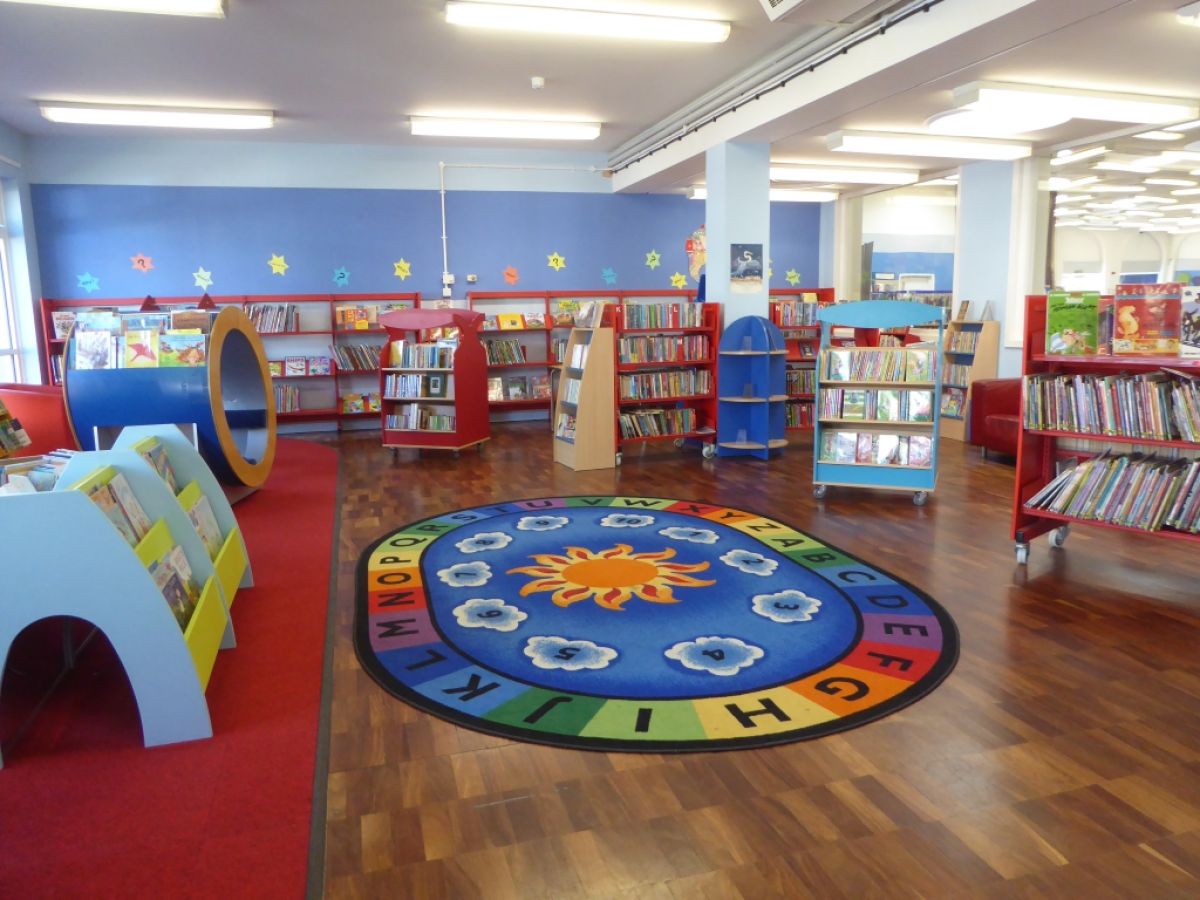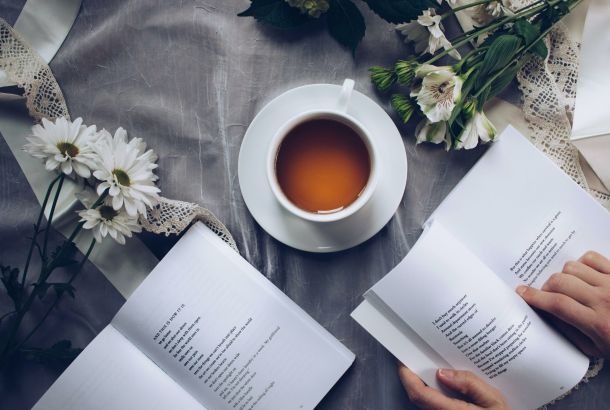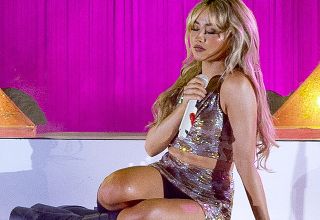
A recent BBC piece on Lupita Nyong’o’s visit to a British school made me think about the importance of representation in children’s literature, and what is at stake when it comes to inclusivity in children’s books.
We’ve all read Roald Dahl and love the absurd universes he creates in an otherwise recognisable setting. We’ve read Jeremy Strong and Enid Blyton, J.K. Rowling, C.S. Lewis, and had the privilege of befriending characters we often envied.
It’s important to recognise and celebrate the fact that popular children’s literature has increasingly diversified over recent years, with books remembering historically important and inspiring women, representing LGBT families and the diversity of society. These books are generally available in libraries and book stores.
For a lot of kids though, as Lupita points out, there’s a difficulty to connect with literary characters at a young age. There are fewer than necessary characters whose lives express the diversity of growing up in this world.
Lupita comments that ‘books don’t have to be about white people.’ And it’s true, they don’t have to be. But a lot of the books we are exposed to as children prioritise white audiences. This leads to a deficit of literature that connects in the same way to younger BAME audiences. This is an issue Lupita points to when she says “not a lot of books that I was reading were relevant to my immediate life”.
The importance of recognisable figures or settings in the books we read isn’t just to do with enjoyment, but also the confidence gained from reading. If you’re able to find similarities with a protagonist who inspires you, you’re compelled to invest yourself in their progress, therefore committing to the journey of reading and, as a kid, the difficulties of reading.
It’s important to consider how a lack of reflection for young people can affect feelings of acceptance within the world of literature. Discussions about representation are prevalent in the film industry, as they should be. But it’s also important to realise that literature should provide exciting and relatable content for any person looking to spend time reading.
A few titles stood out for me as I researched children’s books that celebrate difference.
Alexander Penfold’s All Are Welcome, illustrated by Suzanne Kaufman, takes place in a classroom recognisable for most: one with cultural representation from all backgrounds. It creates a space for children to understand and appreciate the diversity of their society.
Yangsook Choi’s The Name Jar conveys the difficulties of negotiating identity for Unhei, a girl who has recently moved from Korea to the USA. The story shows a young girl struggling with acceptance, and the complex issues surrounding assimilation in a way that is tentative to questions surrounding friendship, self-identity, and cultural acceptance.
Lisa Tompkins is another writer who has prioritised inclusivity and understanding in her book Why Are You Looking at Me?: I Just Have Down Syndrome. This book is fantastic in explaining how Down Syndrome does not preclude a child from having the same likes, dislikes, and desire for friends as every other child. It teaches us how to embrace and celebrate differences.
Lupita Nyong’o has also made her mark on the children’s literary world. Her picture book Sulwe wasreleased in October last year. The book sensitively connects with issues of colourism in format, narrative, and tone. The story allows children to access and reconcile anxieties existent in a world that often forgets to reflect positively, and accept the ways in which we are different.
It’s encouraging to find that strides are being taken to celebrate our differences in children’s literature so that more children can feel welcome in the literary world.







